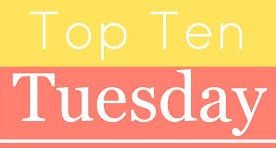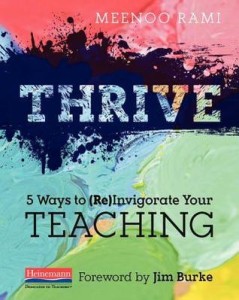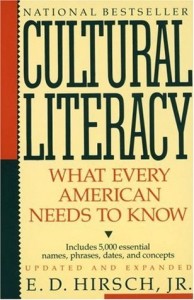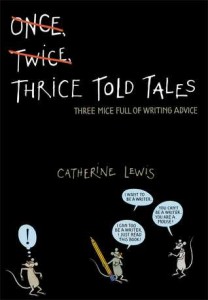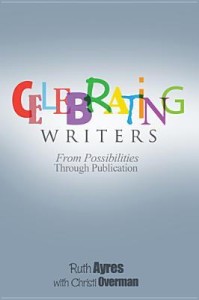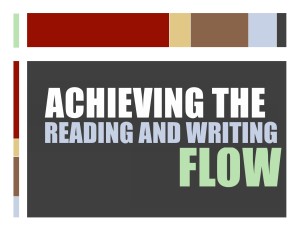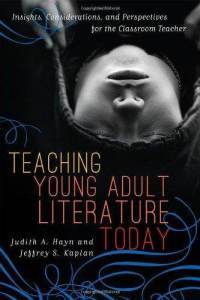
Teaching Young Adult Literature Today: Insights, Considerations, and Perspectives for the Classroom Teacher
Edited by Judith A. Hayn and Jeffrey S. Kaplan
Published: March 15th 2012 by Rowman & Littlefield Publishers
GoodReads Summary: Teaching Young Adult Literature Today introduces the reader to what is current and relevant in the plethora of good books available for adolescents. More importantly, literary experts illustrate how teachers everywhere can help their students become lifelong readers by simply introducing them to great reads smart, insightful, and engaging books that are specifically written for adolescents. Hayn, Kaplan, and their contributors address a wide range of topics: how to avoid common obstacles to using YAL; selecting quality YAL for classrooms while balancing these with curriculum requirements; engaging disenfranchised readers; pairing YAL with technology as an innovative way to teach curriculum standards across all content areas. Contributors also discuss more theoretical subjects, such as the absence of lesbian, gay, bisexual, transgender and questioning (LGBTQ) young adult literature in secondary classrooms; and contemporary YAL that responds to the changing expectations of digital generation readers who want to blur the boundaries between page and screen.
Review: This informative text is divided into the sections, “Where Has YAL Been?,” “Where is YAL Now?” and “Where is YAL Going?” I very much appreciated the expertise of the scholars who wrote each chapter.
While each chapter was organized a bit differently, the research is solid. In one chapter, Laura A. Renzi, Mark Letcher, and Kristen Miraglia discuss LGBTQ Young Adult Literature in the Language Arts Classroom. I appreciated their recommendations for infusing LGBTQ texts into the school setting with recommendations tailored to the range of community environments: hostile, ignorant/open, open/accepting, and open. The texts were well-matched with the aims of bringing LGBTQ texts into focus.
Another chapter I loved was “Crossing Boundaries: Genre-Blurring in Books for Young Adults” by Barbara A. Ward, Terrell A. Young, and Deanna Day. They give solid examples of authors who blur genres, making readers question genre classifications as a whole. These authors show the awesomely innovative authorship within the field of YAL.
Steven T. Bickmore writes a well-informed chapter about best-selling adult novelists who write YA fiction. He divides his piece into two sections–writers of adult best-sellers or pulp fiction and writers with literary accolades in adult fiction. I very much enjoyed his insight about this phenomenon.
While I only highlight three chapters in this review, I must say that each chapter was special in its own way. The book begins with the history and background of YAL, and it ends with chapters about where the field is heading. As a researcher of this field, some of the information was not new to me, yet I learned much from the scholars of the text, whose extensive research is reflected in each chapter.
We Flagged: “[T]eachers need to gain insider perspectives by reading the books presented to their students. As a result, a wider range of quality adolescent literature will reach the hands of adolescents, and teachers will become increasingly confident about the merits of teaching with YAL”(Elliott-Johns, Chapter 3, Teachers as Readers of YAL section).
Read This If You Loved: Articles from The ALAN Review, Young Adult Literature in the 21st Century by Pam B. Cole, Literature for Today’s Young Adults by Alleen Nilsen & Ken Donelson

